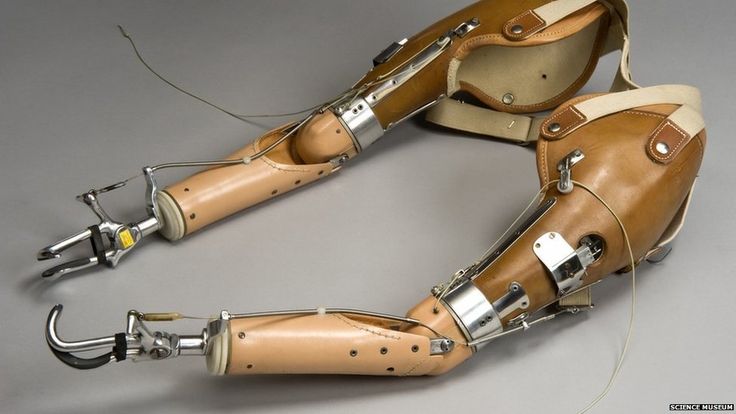The idea of prosthetic limbs has always fascinated me. Hi-tech robotic arms and legs can always be seen in fictional media. Due to our current advancement in technologies, we have started to see many of these fictional prosthetics become a reality. We now have sensors that can detect signals from muscle movement or the nervous system. We have motors that can produce enough torque for most daily use while also being small enough to fit on a human body. We have mind-controlled robotics arms now.
Some problems I have noticed from seeing these bionic prosthetics are that 1. while these prosthetics can be controlled just by thinking, they are somewhat slow and unresponsive. 2. since these prosthetics use delicate sensors and motors while replacing the arms and legs which are usually used for physically taxing tasks, they might require frequent maintenance.
And while I believe that if we continue to develop these technologies further, eventually we will be able to create prosthetics that have the same, even exceed the functionality of human arms, we need an alternative approach to prosthetic limbs before we get to that point.
What do I mean by “mechanical approach”
Mechanical prosthetics are prosthetics that function by using the patient’s movement. For example, these old prosthetic hands shown in the picture below.

This prosthetic hand has wires that connect the claw “hand” to the elbow of the patient which allows the claw to open and close by using the bending movement of the elbow. This prosthetic, while old and somewhat inhuman looking, allows the patient to regain some functionality of their hand with the added sturdiness of the metal claw. This is a great example of what I believe to be the main advantage of this type of prosthetics. There are also some other modern examples of inventors using this “mechanical” approach to create highly functional prosthetics without the need for sensors or motors.
Ian Davis, a mechanical engineer and the biggest inspiration for me writing this blog post, was able to design and build his own mechanical partial hand prosthetics, which use the movement of his wrist to not only open and close but also spread as well. He has now improved it to include multiple finger settings, for example closing his hand while keeping the index finger extended.
Another inventor I would like to talk about is David Aguilar. He was able to create his own arm prosthetic using Legos! His prosthetic is really similar to the old claw hand in the picture above, but he has built multiple arms with slight variations that allow for different uses. Some of them even have simple motors which allow them to have more force and handle heavier loads.
My opinion
The apparent downside of this “mechanical” approach is that the patients must still have some function in their limbs to be able to use these prosthetics. Ian Davis still has his palm and thumb and David Aguilar still has functionality in his elbow. Even then, I still believe that it still has potential uses worth exploring.